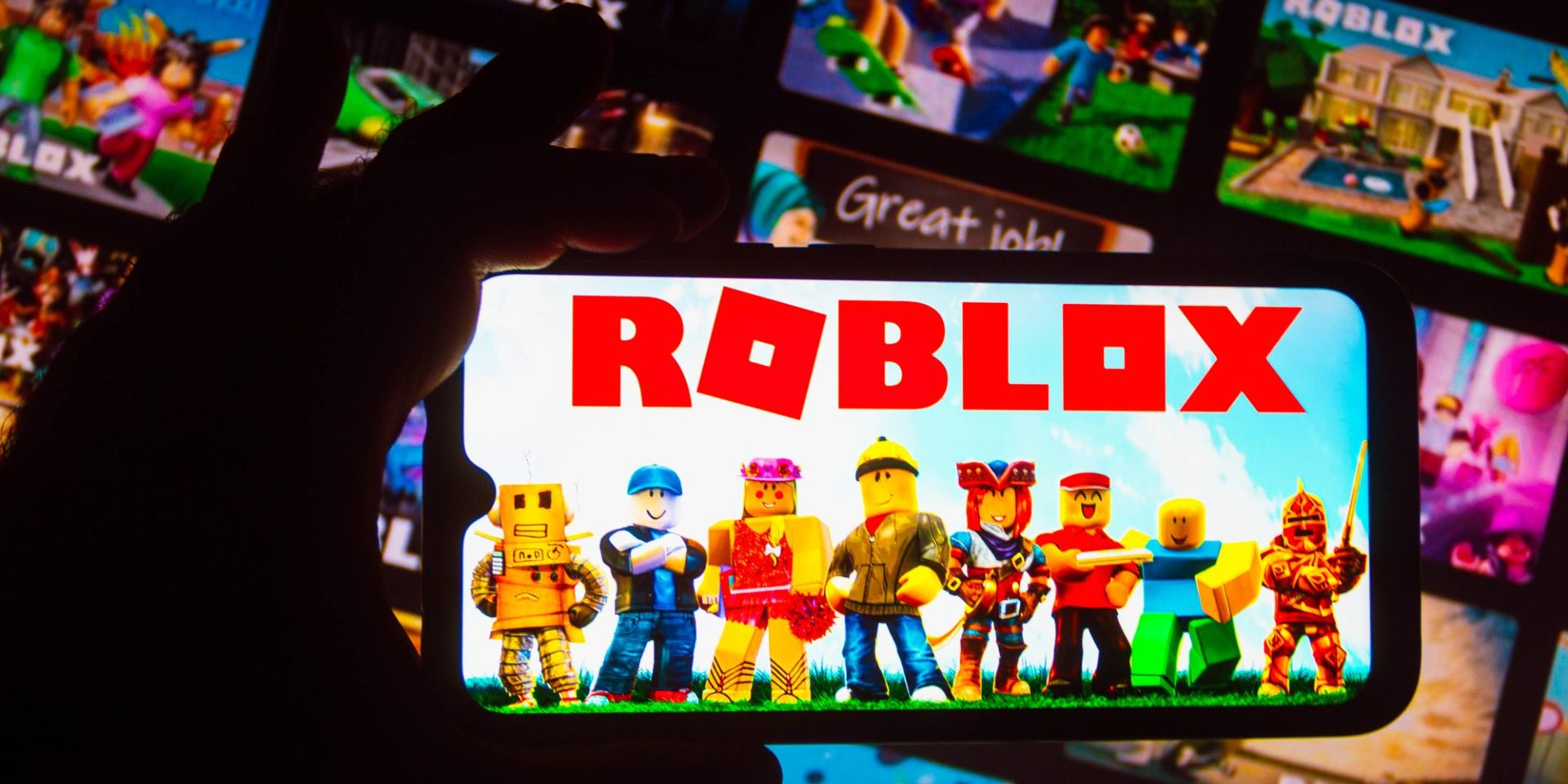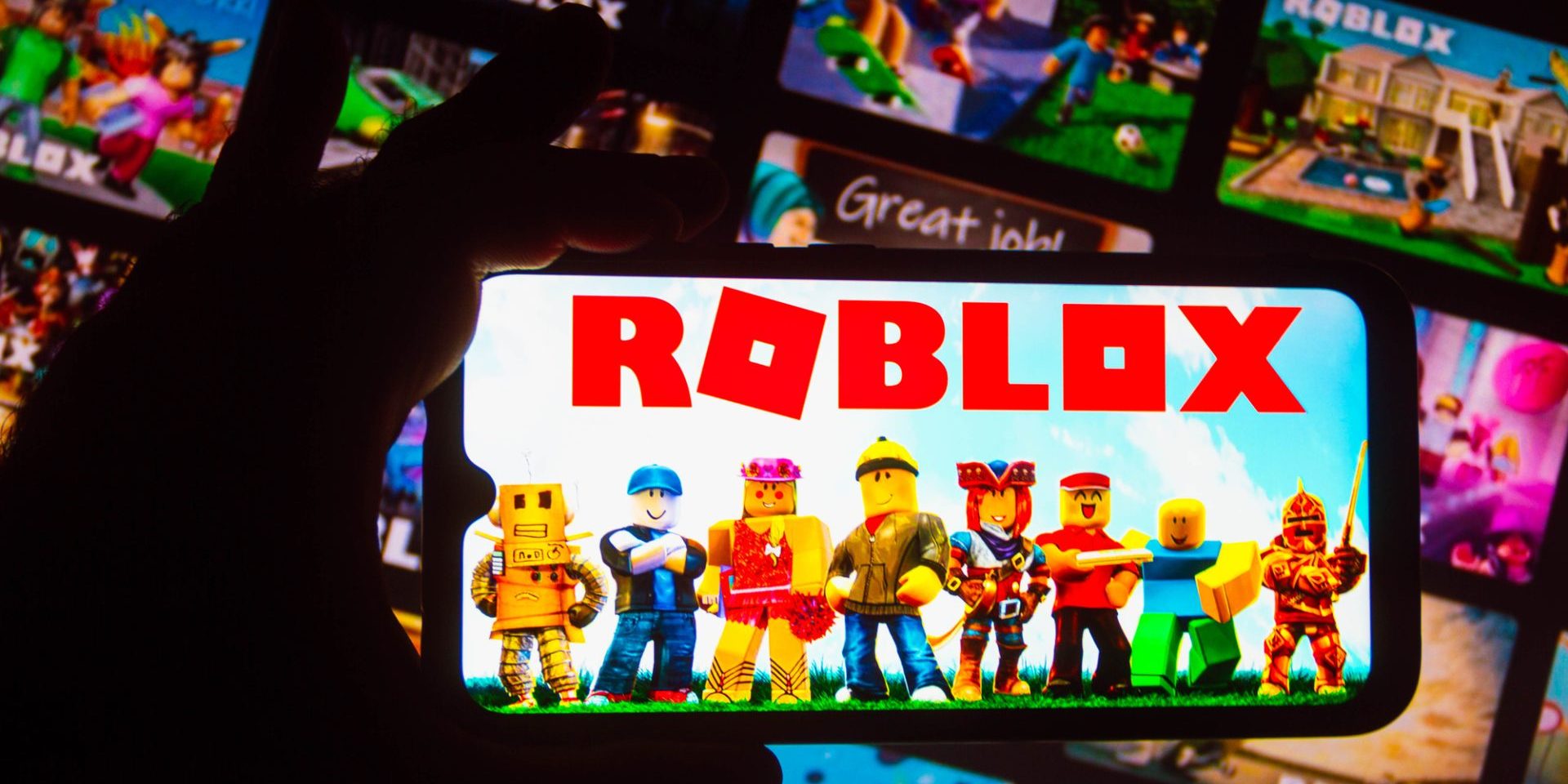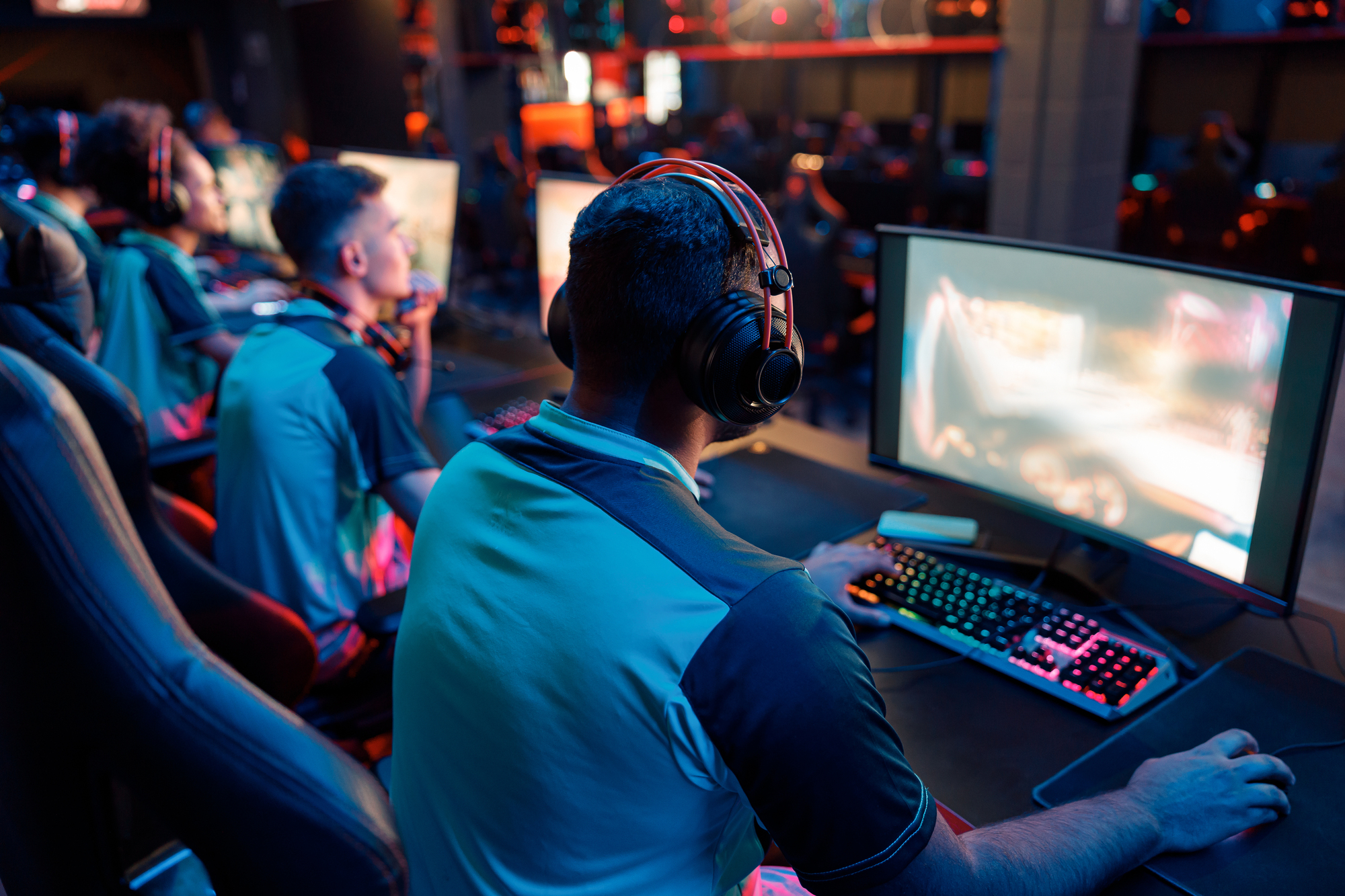Video game marketing has evolved significantly since the industry’s early days. Successful franchises now employ sophisticated strategies to captivate audiences and drive sales.
These strategies often include viral campaigns, influencer partnerships, and immersive experiences that extend beyond the game itself.
Marketing in the gaming industry requires a deep understanding of target audiences and their preferences. Popular franchises tailor their approaches to specific segments, using social media, trailers, and events to build anticipation.
Some campaigns create alternate reality games or interactive websites to engage fans months before release.
The most effective video game marketing campaigns often blur the lines between promotion and entertainment. They create buzz through mysterious teasers, exclusive content reveals, and community engagement initiatives.
By fostering a sense of excitement and involvement, these strategies help turn casual players into dedicated fans and boost sales for major game franchises.
Understanding the Gaming Landscape
Video game marketing strategies must adapt to the diverse and dynamic gaming ecosystem. Player demographics, behaviors, and influential titles shape the industry’s landscape.
Demographics and Player Behaviors
The gaming audience spans various age groups and backgrounds. Children and teenagers make up a significant portion of players, especially for titles like Roblox and Minecraft.
Adults aged 18-35 form another key demographic, particularly for competitive games like Fortnite.
Mobile games attract a broad audience, including casual players who may not consider themselves “gamers.” Women now represent a growing segment of players across platforms.
Gaming communities have become influential in shaping game success. Social media, streaming platforms, and forums allow players to share experiences and influence purchasing decisions.
Significant Titles and Their Impact
Certain games have redefined the market and set new standards for engagement. Minecraft’s sandbox gameplay sparked a wave of creative, open-world titles.
Fortnite’s battle royale mode and live events transformed expectations for ongoing content.
Nintendo’s Super Mario franchise remains a touchstone for family-friendly gaming. Its recognizable characters and gameplay style continue to drive sales across generations.
Mobile games like Candy Crush Saga demonstrated the potential of free-to-play models with microtransactions. This approach now influences monetization strategies across the industry.
Roblox’s user-generated content platform created new opportunities for young creators and changed how some games are developed and marketed.
Building Brand and Game Visibility
Game companies use various strategies to increase visibility and build strong brands. These efforts focus on digital platforms, collaborations, and community engagement.
Leveraging Social Media Platforms
Social media plays a key role in promoting video games. Companies create accounts on platforms like Twitter, Facebook, Instagram, and TikTok to share updates, teasers, and behind-the-scenes content.
These posts generate buzz and keep fans engaged.
Game developers often run contests and giveaways on social media to boost interaction. They may ask fans to share screenshots or create fan art for prizes.
This user-generated content spreads organically, expanding the game’s reach.
Some companies use paid social media advertising to target specific demographics. These ads can showcase gameplay footage, highlight positive reviews, or announce special events and sales.
Collaborations with Influencers and Streamers
Partnering with popular content creators helps games reach wider audiences. Companies send early copies or exclusive content to YouTubers and Twitch streamers with large followings.
These influencers create videos showcasing gameplay, which serves as free advertising for the game. Their honest reactions and opinions carry weight with viewers, potentially driving sales.
Some developers go further by including influencers in their games. This might involve adding them as characters or letting them design in-game items.
Such collaborations create excitement among the influencers’ fans.
Effective PR and Community Building
Building a strong community around a game franchise boosts long-term success. Developers use forums, Discord servers, and subreddits to interact directly with players.
These spaces allow fans to share feedback, report bugs, and suggest improvements. Companies that listen and respond to this input build trust and loyalty.
Regular developer updates keep the community informed about upcoming features and changes. This transparency helps manage expectations and maintain interest between major releases.
PR efforts like press releases, interviews, and game convention appearances generate media coverage. This exposure introduces the game to new potential players and reinforces its presence in the market.
Conversion-Driven Marketing Techniques
Video game marketers employ various strategies to turn potential players into paying customers. These techniques focus on maximizing return on investment and driving sales through targeted campaigns and interactive promotions.
Crafting Memorable Ad Campaigns
Effective ad campaigns grab attention and spur action. Game marketers create visually striking ads that highlight key features, characters, or gameplay moments.
They craft compelling headlines and taglines that resonate with target audiences. Ad placement is strategic, utilizing platforms where potential players spend time.
Marketers track metrics like click-through rates and conversions to refine campaigns. A/B testing helps optimize ad elements for better performance.
Video ads on social media and streaming platforms often feature gameplay footage to showcase graphics and mechanics. Static ads may use key art or character designs to build brand recognition.
Incentivizing Engagement through Contests and Giveaways
Contests and giveaways boost excitement and participation around game launches or updates. These promotions encourage user-generated content creation and social sharing.
Prizes may include in-game items, merchandise, or early access to new features.
Beta testing programs reward engaged fans while gathering valuable feedback. Players feel invested in the development process and spread word-of-mouth buzz.
Leaderboard competitions motivate ongoing gameplay and spending. Limited-time events with exclusive rewards drive player retention and in-game purchases.
Social media challenges prompt fans to create and share content for a chance to win. This amplifies reach and builds community.
Partnering with influencers on giveaways expands audience exposure. Marketers track entries, shares, and resulting game downloads to gauge promotion success.
Optimizing Launch and Post-Launch Strategies
Effective launch and post-launch strategies maximize a game’s impact and longevity. These approaches focus on building anticipation, gathering player feedback, and maintaining engagement through continuous updates and content releases.
Pre-Launch Marketing and Early Access Rollout
Game developers often use early access programs to generate buzz and refine their products. This strategy allows players to experience the game before its official release, providing valuable feedback for improvements.
Developers may offer exclusive content or discounts to early adopters, encouraging pre-orders and word-of-mouth marketing.
Beta testing phases help identify and fix bugs while giving players a taste of the gameplay. Marketing teams release trailers and sneak peeks to showcase key features and build excitement.
Social media campaigns and partnerships with influencers extend the game’s reach to target audiences.
Sustaining Engagement with Post-Launch Content
After launch, developers focus on keeping players engaged through regular updates and new content. This may include downloadable content (DLC) packs, seasonal events, or limited-time game modes.
These additions give players reasons to return to the game and can generate additional revenue.
Community engagement plays a key role in post-launch success. Developers actively seek and respond to player feedback, addressing concerns and implementing popular suggestions.
Regular communication through developer diaries or live streams keeps the community informed and invested.
Esports events and tournaments can boost a game’s competitive scene, attracting both players and spectators. Collaborations with other brands or franchises can introduce fresh content and draw new players to the game.












